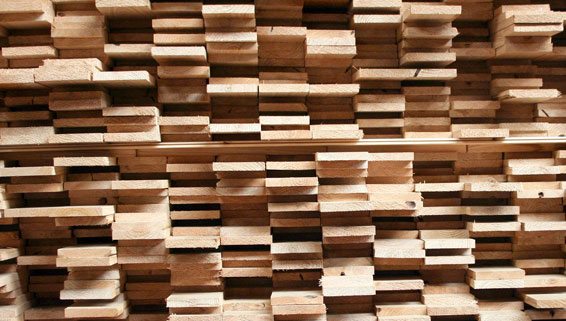Decorative wood mouldings have been an essential element of ornamental architecture for years. In fact, it provides a touch of elegance and sophistication to an indoor space in a way no other material can. While the material may seem plain and rigid on the outside, interior trims and mouldings communicate functional simplicity and ornamental appeal to boost a property’s aesthetic appeal.
The style of decorative wood mouldings isn’t static. From the ornate designs that dominated the 1800s to the simplistic and modernist designs that characterized the 20th century, wooden mouldings have gone through significant changes over the years.
We’ve put together a timeline of the evolution of wooden mouldings and how it defined historical periods.
Giving Period Homes an Old-World Charm
Victorian and Queen Anne wood moulding designs during the late 18th and early 19th century featured tall baseboards and focused on intricate details. Later, however, they transitioned into decorative mouldings with smoother patterns and minimal designs.
Mouldings were the preferred option for homes in this period for practical reasons: they simplified the process of assembling a home. Moreover, they boosted the appeal of a home by hiding noticeable imperfections between gaps in the architecture — ceilings and walls, floors and walls, and doorjambs and walls.
Simpler Lines and Contemporary Design
Modernism was a style that became popular following WWII. The movement promoted living with a renewed sense of consciousness: modernist houses had clear, open plans and straightforward designs free of unnecessary details.
Architects then began to experiment with new materials that could help them achieve technical precision while maintaining a contemporary appeal. Mouldings, in particular, guarantee a decorative finish to various areas of the home, like crown moulding, door trim, and baseboards. Finer mouldings, on the other hand, provide details on bookcases and closets.
Thanks to the rise of modernism during the 20th century, there was a greater acceptance of wooden materials and how it could enhance a property’s appeal in a new way.
Wooden Materials and the Global Financial Crisis
The popularity of wooden elements began to flag by the turn of the 21st century, however. This was notable, in particular, during the state of Canada’s housing market between 2001 to 2008, or the events that led up to the global financial crisis.
Reports show that the prices of homes in Canada mirrored those in the US during the Great Recession. The economic downturn had such a huge impact, in fact, that there was a significant decrease in woodwork in general. The industry has bounced back, though, and it’s stronger and more versatile than ever.
Wood mouldings have shaped architecture in different ways — to give homes an added rustic flair to homes and enhance aesthetics with simple yet appealing designs. This shows the enduring influence of the material and how it can make your home look more attractive.
By matching the appropriate mouldings to their property, homeowners can renew the appeal for their historic home to add value, character, and a distinct flair.
Turn to Miskas Wood Products into your partner for your decorative wood trim mouldings needs. For more details, contact us today.
